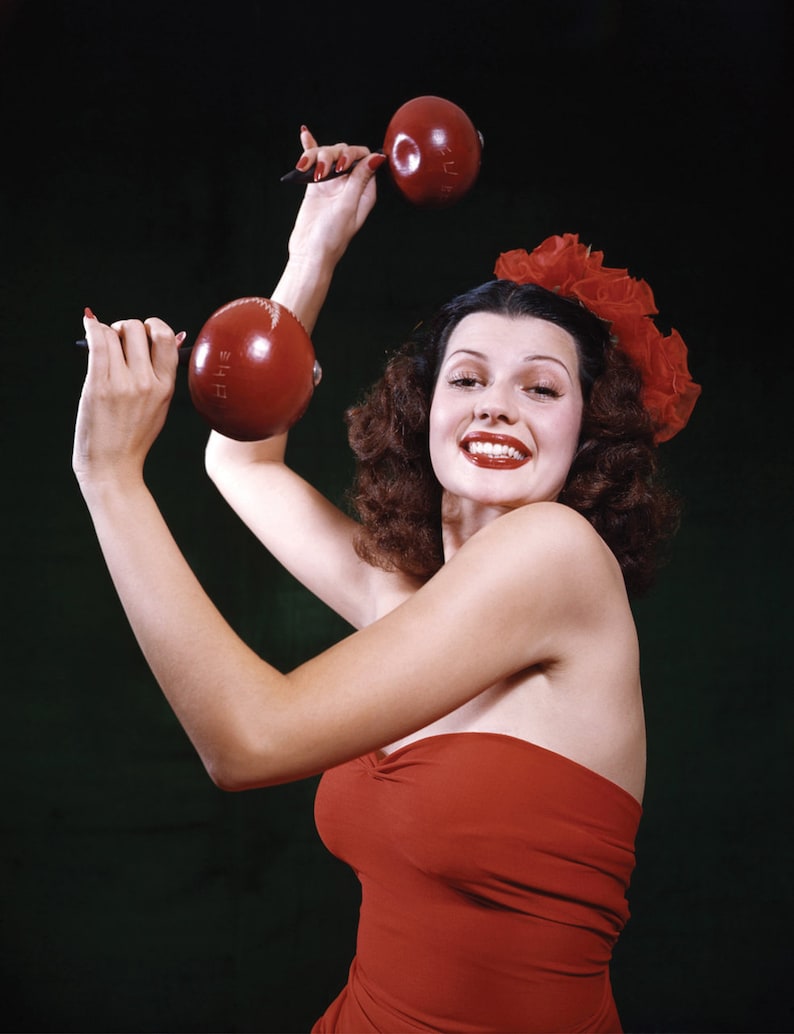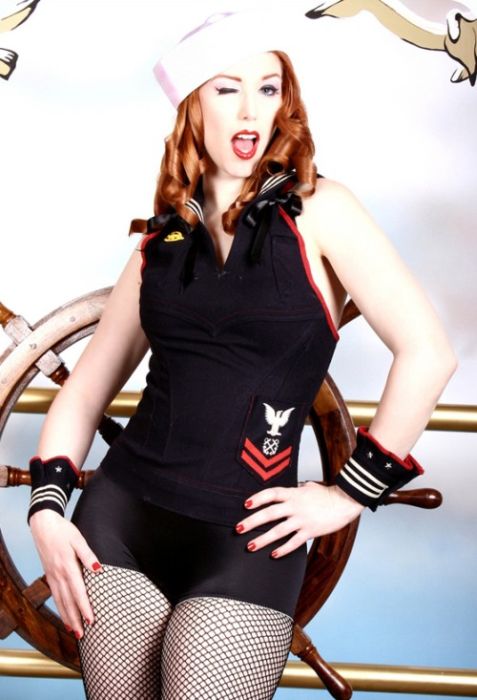

From what we know about these women, it seems that female pin-up artists of the Golden Age bought into the most exclusive standard of beauty. Others divide the world into the beautiful people and the rest of us.

Didn’t these female artists mind portraying such an unattainable ideal?Īs they say, “beauty is in the eye of the beholder.” Some people see beauty in a wide spectrum of body types and faces. Her pretty face, with an occasionally coquettish expression, telegraphed childlike sweetness and a lack of real awareness of the pornographic thoughts she inspired, dancing on the edge of the virgin-whore complex. So Mozert, Ballantyne, and Frush were tasked with creating the ideal woman for American soldiers: young, busty, wasp-waisted, and long-legged. Both male and female pinup artists painted for that.” “It was about getting a little house in Levittown and bringing up their two or three kids. “These were the girls that the boys who fought in World War II and the Korean War came back to marry,” Meisel says.

Not in a million years!” Via “Tease!” Magazine #3. But you know, I could never paint a picture like they had me set up. Above: Regarding the Paramount Pictures “Unusual Occupations” short, “Zoe,” the artist told Marianne Ohl Phillips, “I made that fancy little costume myself. Top: Pin-ups by (from left) Pearl Frush, Zoë Mozert, and Joyce Ballantyne. Then pin-ups really took off after United States entered World War II in 1941, when images of wide-eyed, wholesome “all-American girls”-who just happened to have voluptuous figures and tight, revealing clothes-were sent to soldiers in the form of girlie magazines, Mutoscope cards, lighters, playing cards, etc., to remind them of what they were fighting for. They first appeared in men’s magazines and break-room calendars in the 1920s and 1930s. That doesn’t change the fact that pin-ups were meant to be consumed by men. “ Pearl Frush, Joyce Ballantyne, and Zoë Mozert were terrific, as good as any of the men-in fact, better than many of them,” Meisel says. Meisel, three of the most talented pin-up painters from the Golden Age, roughly the 1920s to the early 1960s, were women. So you might be surprised to learn that, according to pin-up art expert Louis K. “She was an icon for women in a man’s world, especially when it came to her pin-ups.” And the names of the artists that come up over and over again are men: Alberto Vargas, George Petty, and Gil Elvgren. It’s easy to think of pin-up art as a charming relic of the old boys’ club-images that might line the walls of a Mid-Century smoking room where Don Draper and Roger Sterling slap each other on the back.


 0 kommentar(er)
0 kommentar(er)
